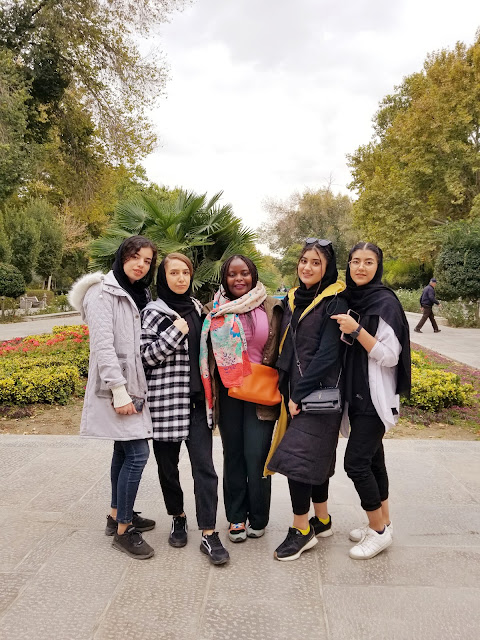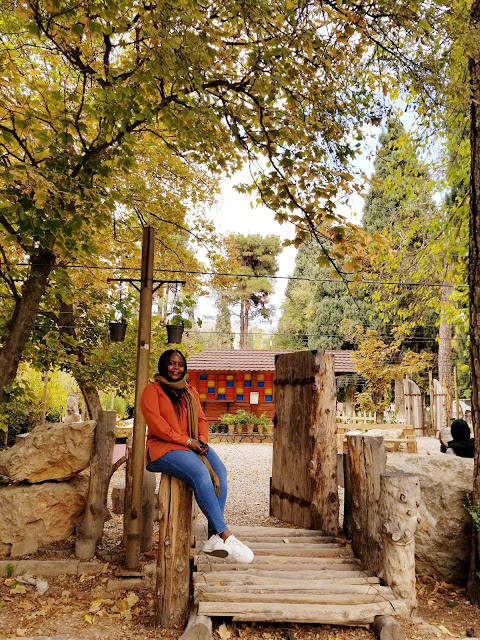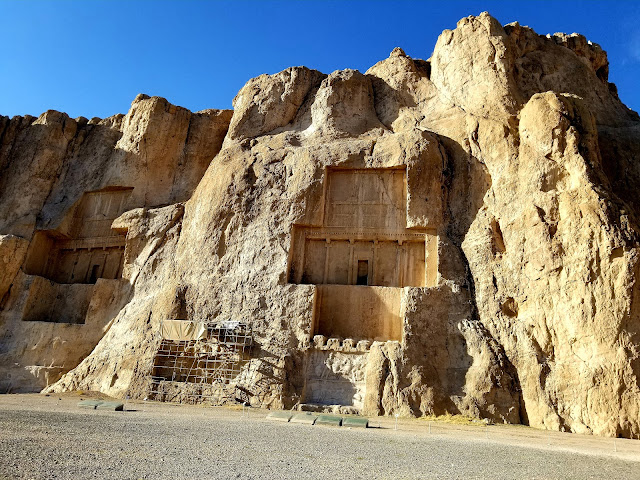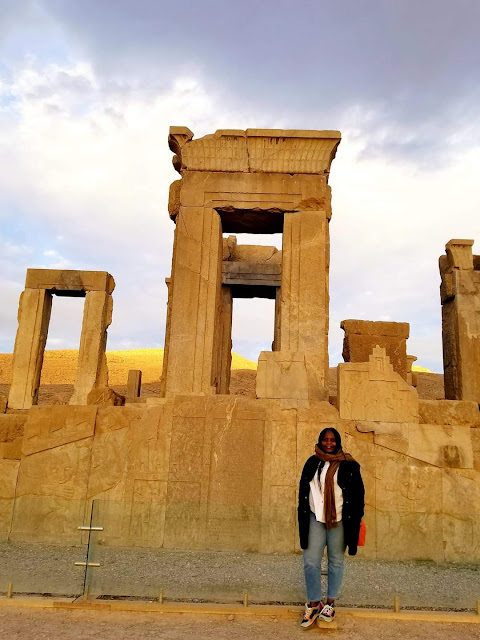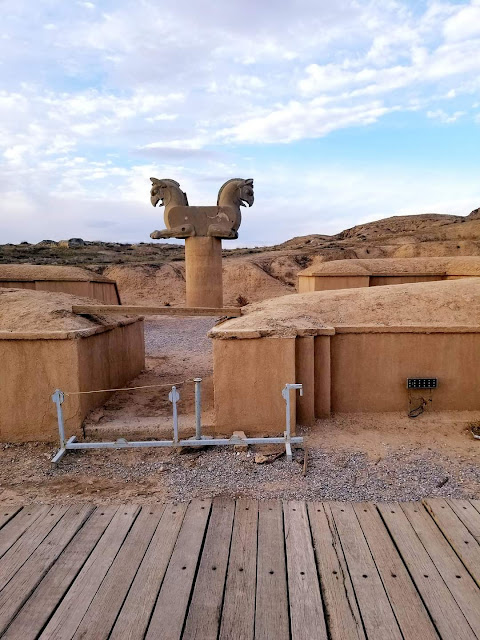Prior to visiting Iran, I had read so much about the country and watched numerous documentaries, so I had an idea of what to expect. I will gladly say that my trip to Iran exceeded my expectations and honestly, this was one of my best trips ever!
Iran is such a rich country, rich in natural resources, culture and history. Best of all, the people are some of the friendliest and warmest that I have ever encountered. Being a foreigner, I stood out in all the places that I visited, and I was welcomed so warmly everywhere I went. I can't count the number of times people stopped me just to chat, take photos with me or to say thank you for visiting the country. Heck! even the flight attendant in my flight out of the country stopped by my seat to ask where I was from before proceeding to thank me for visiting Iran.
Visiting Iran and living in Iran are two different things of course and talking to locals gave me a good idea of how life is like for the citizens of the country, it is not easy. As a visitor, I would say Iran is a country that should be on anyone's bucket list. This country is so beautiful, and not once did I feel unsafe, the country is huge! we are talking almost three times the size of France, and very diverse geographically so there is something for everyone in terms of what interests them. I was blown away by the differences in all the cities I visited, and it was very interesting seeing what each city has to offer to visitors.
Politics is a big thing in Iran especially now with what is going on with the current protests, talking to locals about what is driving the protests one can't help but root for the people of this beautiful country. I will not go into politics in this blog but all I can say is, don't judge a country's people by what you watch in the news. Unfortunately during my visit I had no access to fast internet or social media due to what is going on in the country currently, so my blog entries were made after I had left the country. This unfortunately made it hard to convey the same emotions I had while in the country experiencing things in real time.
Would I visit the country again? DEFINITELY! I only scratched the surface with this trip and would love to explore more. I met a lot of locals whose livelihood depend on tourism and given the current state of the country, tourism has been affected which has hurt many people. That is why I encourage anyone thinking about visiting Iran, to do it. Of course do your research and keep abreast of what is going on in the news, before making your decision. While my trip never got affected by protests which were in designated areas and at designated times away from tourists sites, who knows how things will unfold so it's good to be in the know.
That's it folks! I had a wonderful time in Iran, met incredible people and created unforgettable memories. Till my next trip in March, adios!

